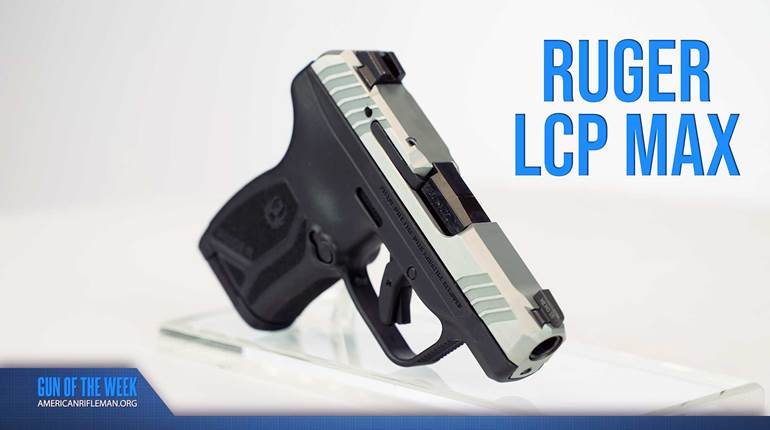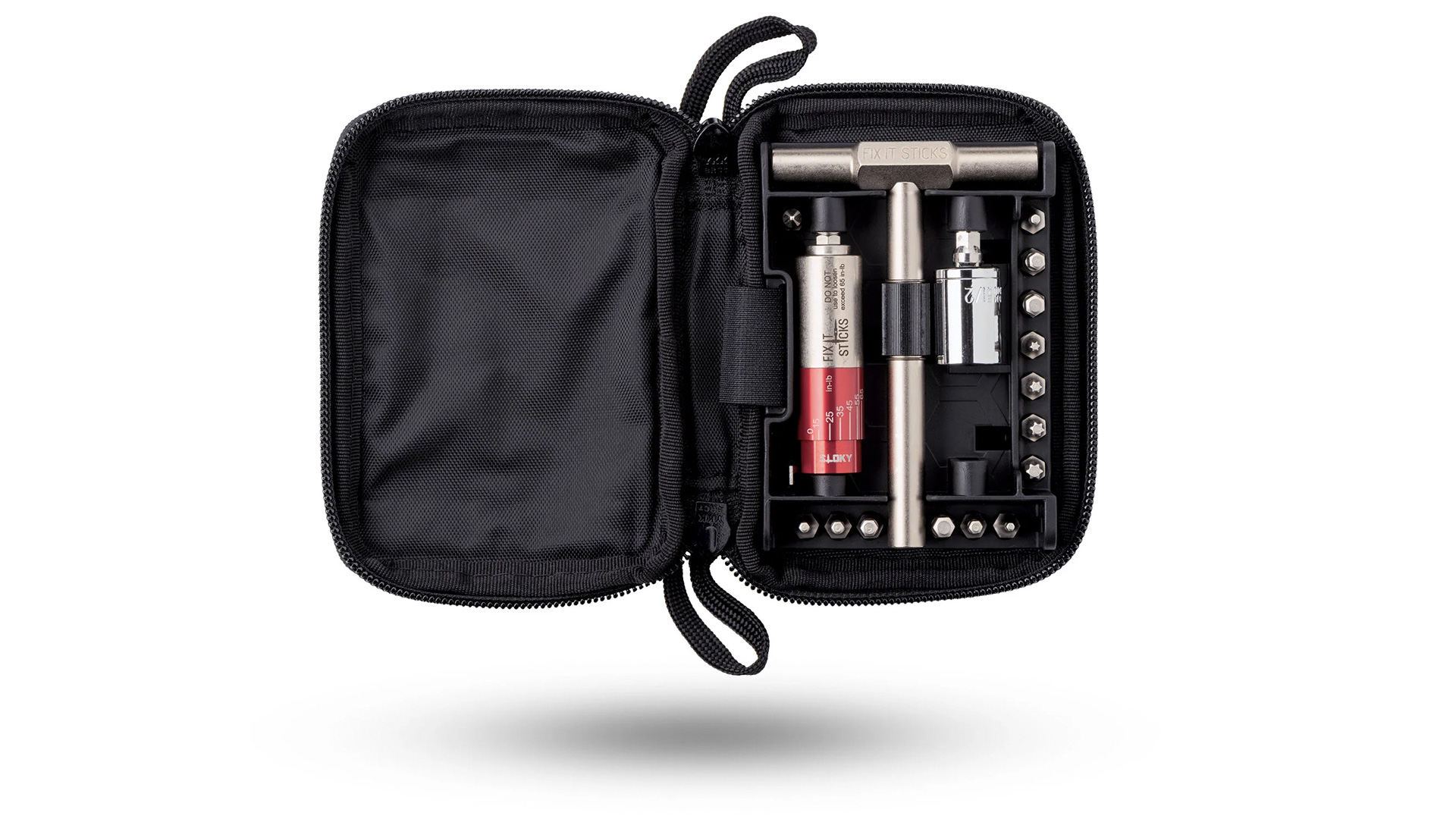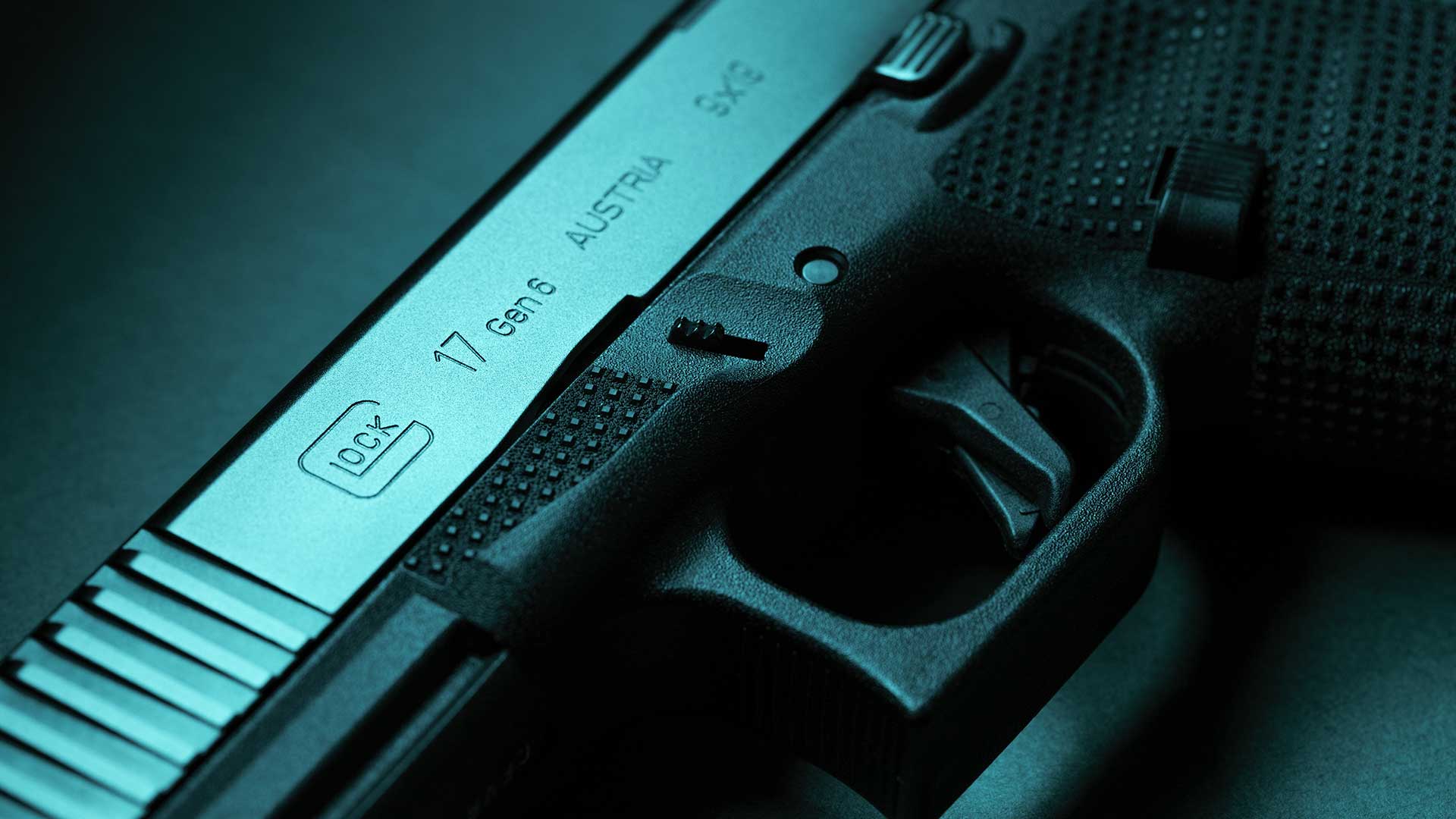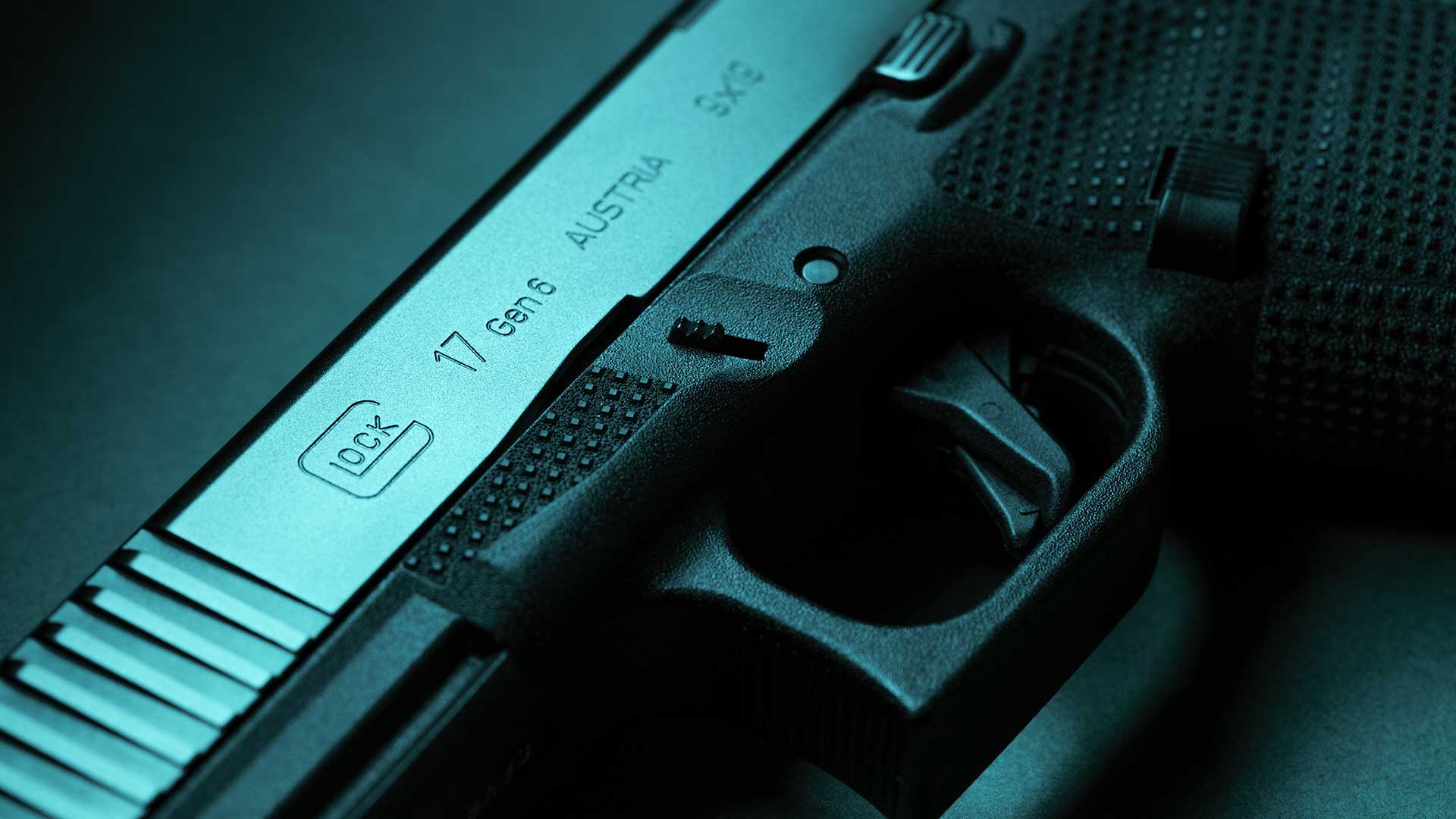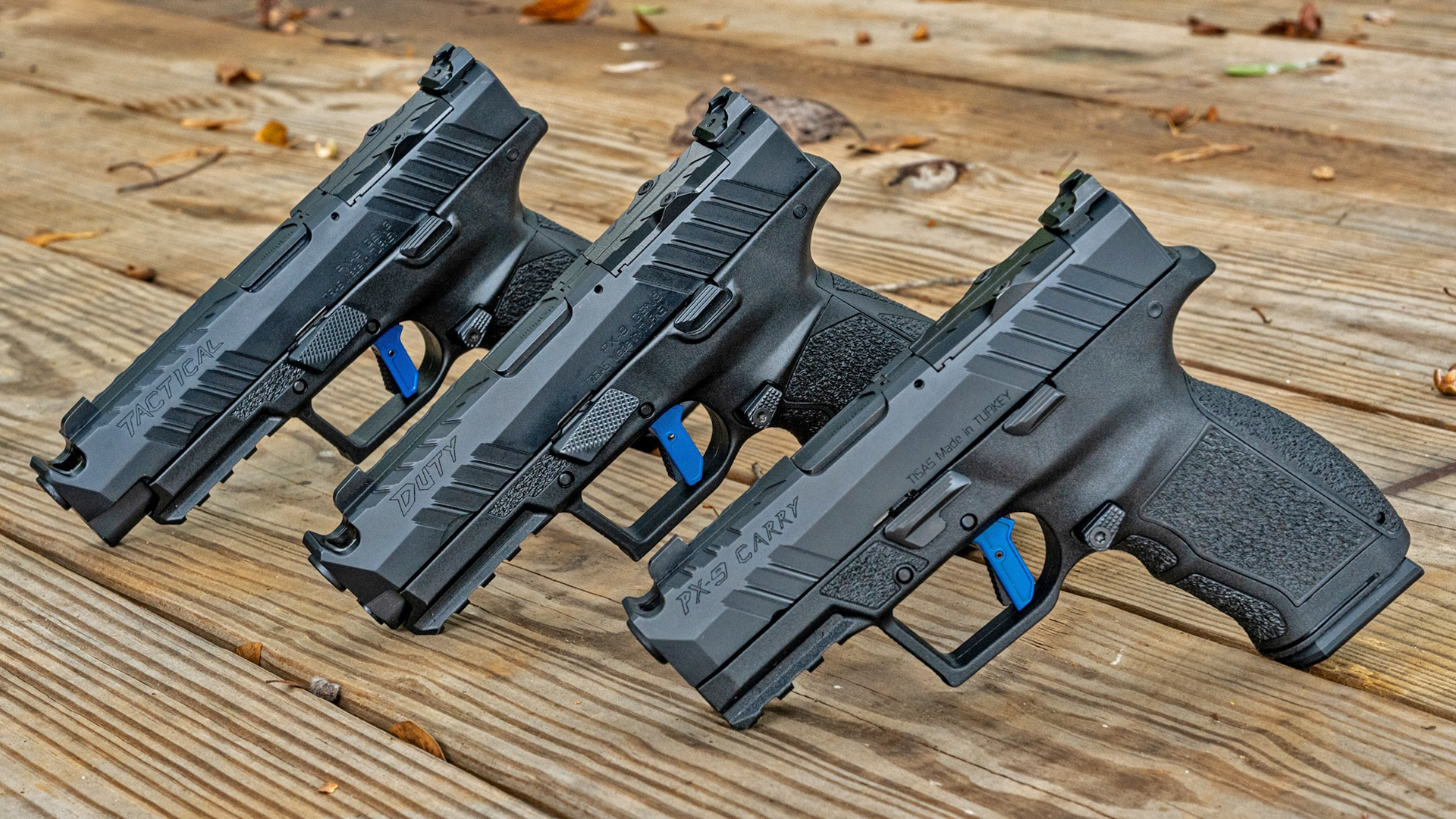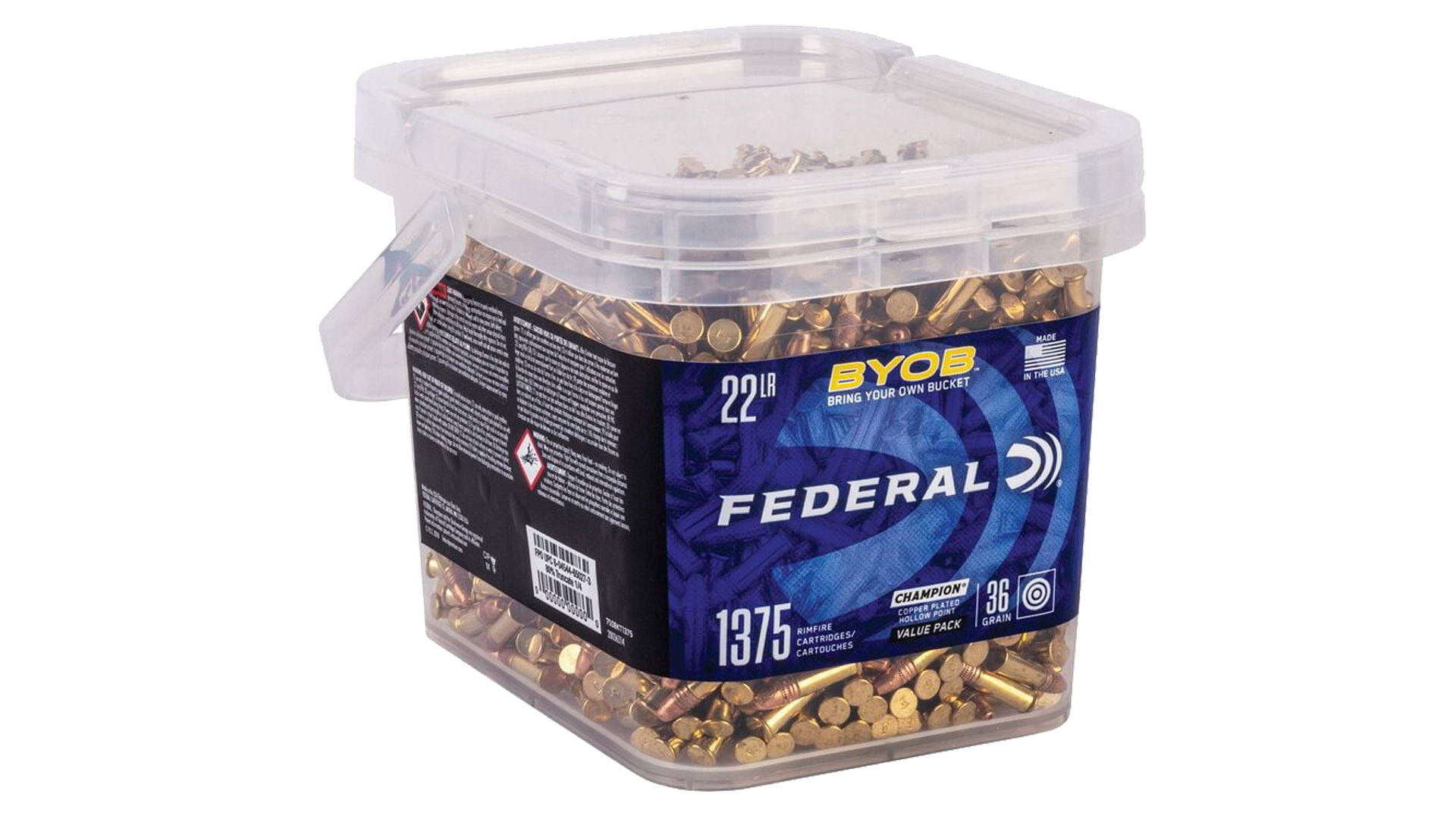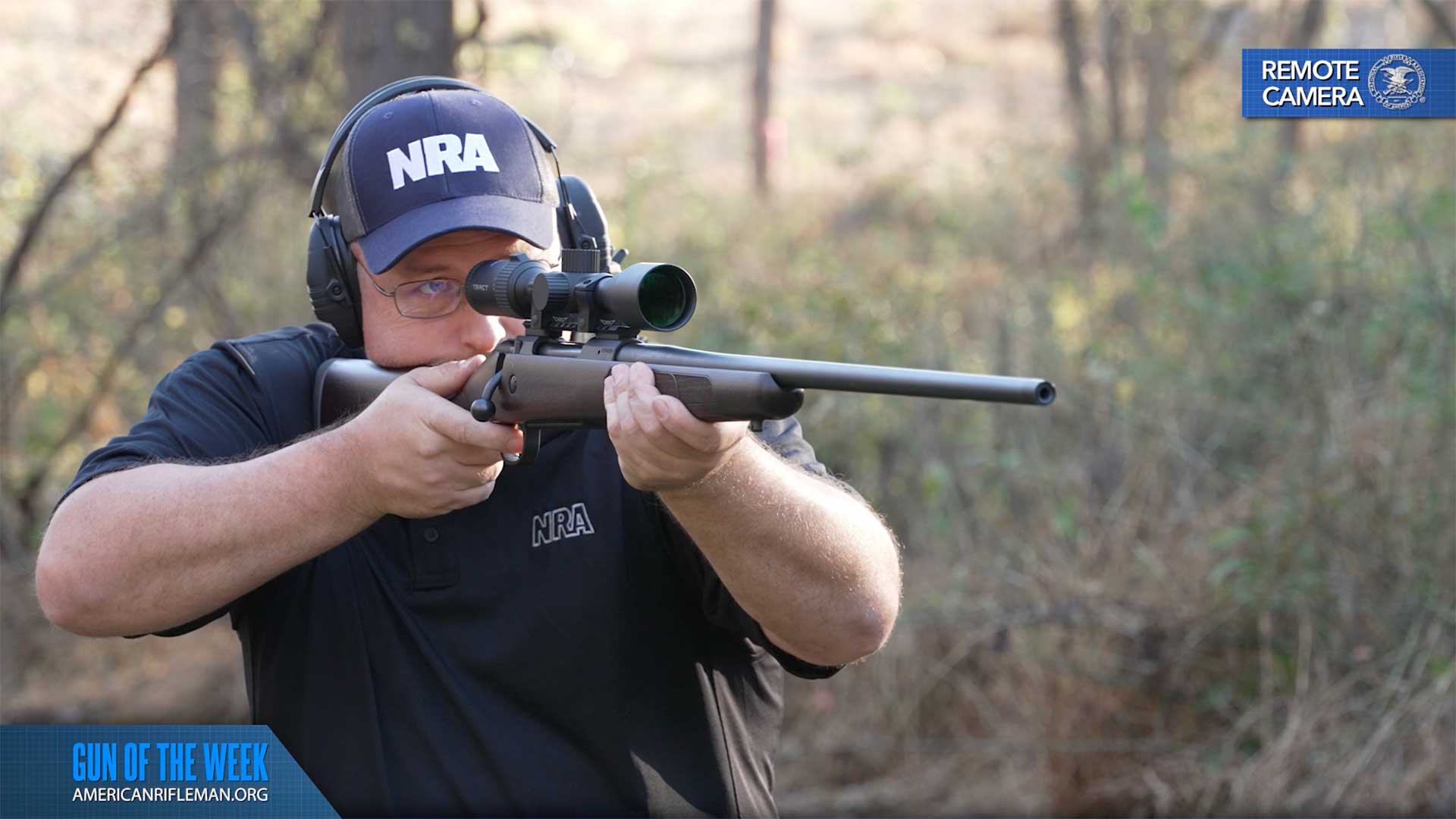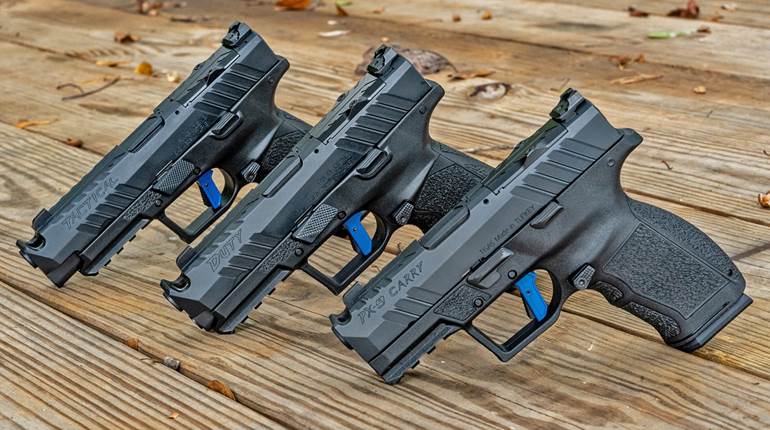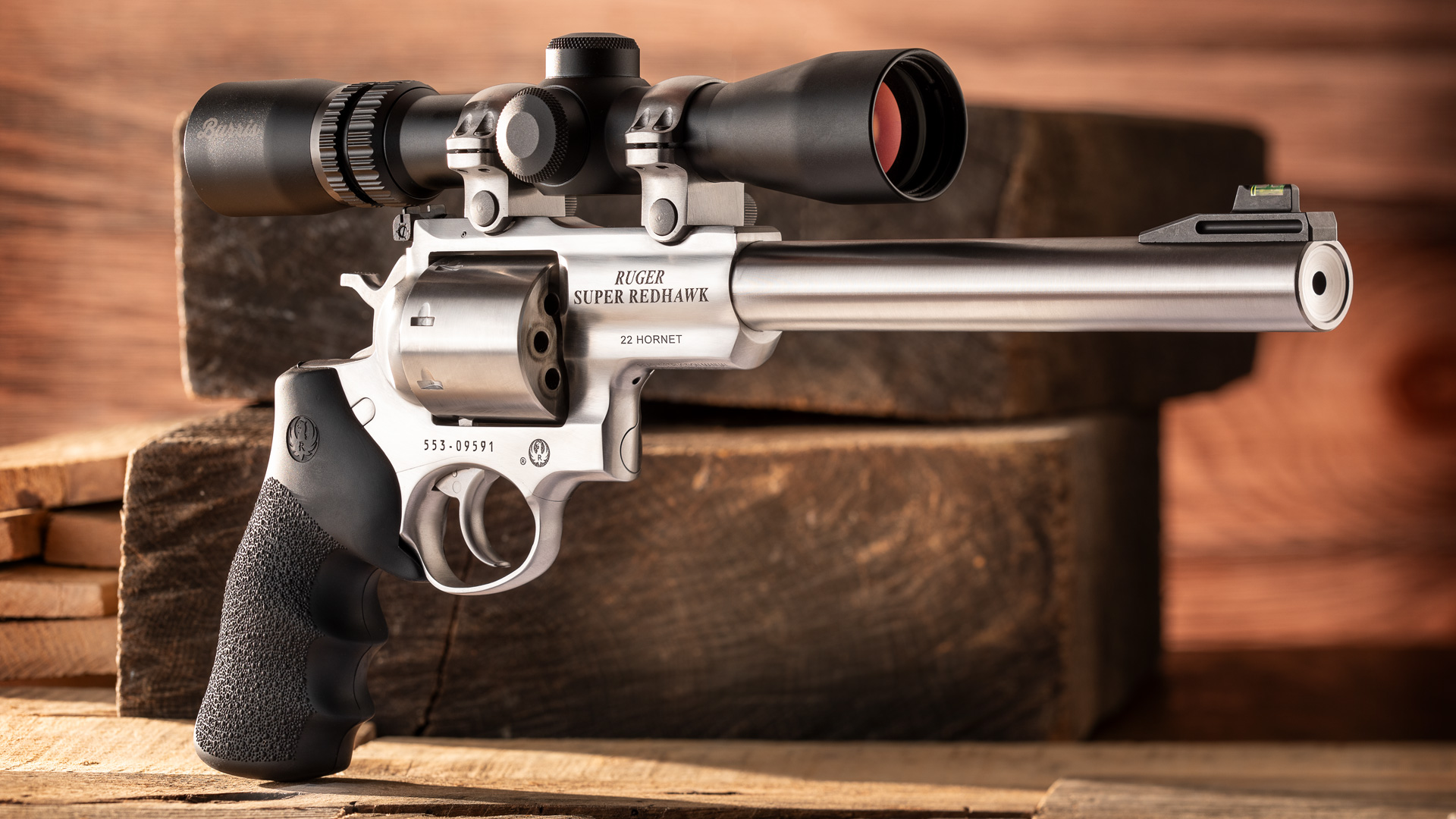
Ruger’s Super Redhawk is rightfully regarded as a top-tier handgun for big-game hunting and large-predator defense. Introduced in 1986, it was overbuilt for strength and durability to provide long, reliable service. Originally chambered in .44 Mag., it was subsequently offered in .454 Casull and .480 Ruger—a cartridge designed specifically for it. The Super Redhawk is still typically found in one of those three chamberings, befitting its intended mission, although Ruger also briefly chambered the Super Redhawk in .41 Mag., and it’s currently available in 10 mm Auto. These “smaller” cartridges provide lower-recoil options but serve the same purpose as earlier chamberings. Ruger’s latest chambering for the big revolver is the .22 Hornet, which may sound like an unusual choice for the platform, but it expands the list of chores the gun is qualified to perform.
Ruger has long embraced the .22 Hornet, chambering it in several rifles. A modernized, smokeless-powder version of the blackpowder .22 Winchester Center Fire, the Hornet could achieve 2,400 f.p.s. with 45-grain jacketed bullets when fired from rifle barrels. Accurate and soft-shooting, the cartridge became a popular choice for hunting small game animals, as it could be housed in smaller rifles, and it didn’t erode barrels as much as its higher-pressure .22-cal. rivals were prone to do.
The diminutive dimensions of the .22 Hornet case lend it well to use within a Super Redhawk. It has a maximum loaded cartridge length of 1.723", making it viable for the 1.755"-long Super Redhawk cylinder, and the thin body of the tapered case allows eight rounds to be housed in the large, unfluted cylinder; the cylinder latch notches are cut slightly offset from the chambers. Ruger opted for a 9.5"-long barrel to squeeze the most velocity out of the Hornet—it measures 0.907" in diameter and gives the revolver a muzzle-heavy balance.

The front of the barrel has a wide recessed crown angling slightly down to the muzzle. The rear portion of the barrel extending into the cylinder window still measures nearly 0.70" in diameter. It forms more of a “forcing surface” than a traditional forcing cone, with a significant amount of steel meeting up with the cylinder at the barrel/cylinder gap. The front sight has a green fiber-optic pipe, and the rear sight is the standard adjustable unit with a white outline. The gun’s matte-stainless finish is attractively utilitarian, with no discernible tool marks.
Despite its small-caliber chambering, the revolver maintains the proven triple-lock design the Super Redhawk is known for. The cylinder secures with the center pin lock to the rear, the front crane latch and the cylinder latch at the bottom. A Hogue Tamer Monogrip comes standard on the Super Redhawk. It’s functional, but not as necessary on the .22 Hornet as on the heavier-recoiling chamberings. The grip “peg” on the frame facilitates easily changing stocks to suit the shooter’s preference.
The trigger is smooth and well-shaped, with a double-action pull measuring 11 lbs., 15 ozs., on average, and it feels lighter once the trigger is in motion. Thumb-cocking the hammer and pressing the trigger in single-action mode yielded a pleasing 3-lb., 8-oz., pull. The Super Redhawk uses separate springs for hammer and trigger function, which makes for a better trigger pull than with other designs relying on a single spring.
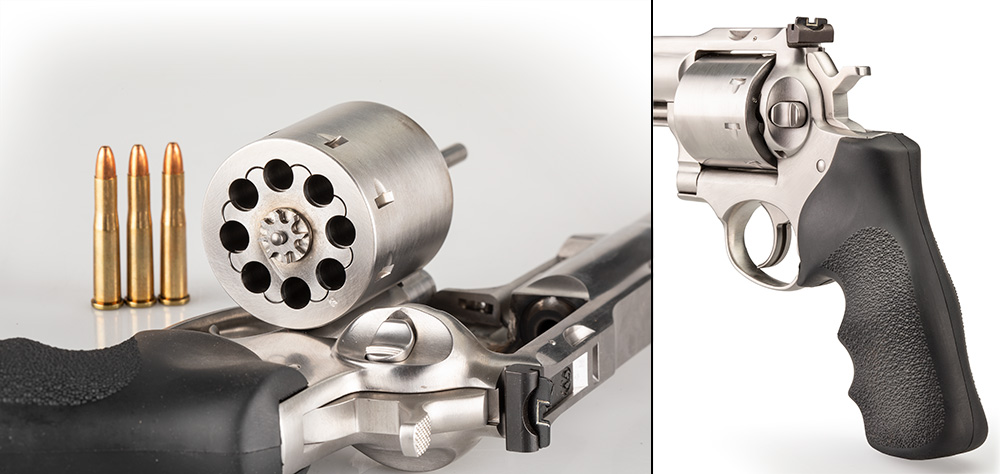
Based on this gun’s purpose, a 4X Leupold M8 Extended ER scope was attached using the factory-supplied 1" scope rings (30 mm rings are also available from Ruger). Mounting was straightforward and simple after referring to the relevant page in the owner’s manual. The Super Redhawk was fired single-action from a rest at 25 yards, and the first five rounds grouped into 0.9". This performance level justified extending the distance of the accuracy testing to 50 yards. The big revolver shot well, especially considering the wintry conditions in which it was tested; it was cold and a 12-to-16 m.p.h. wind was blowing, swirling from half to full value. Better conditions and careful ammunition selection would almost certainly produce smaller groups.
Advertised velocities for the loads tested were garnered from rifle-length test barrels, so captured velocities were predictably lower. The shorter barrel also likely contributed to the high standard deviations recorded. Any of the rounds tested in the Super Redhawk would deliver adequate performance for harvesting small game and eradicating varmints up to coyote size at ranges out to 200 yards.
The revolver functioned perfectly throughout the 105 rounds our testers fired from it—extraction and ejection were smooth and sure. Recoil was virtually nonexistent; the .22 Hornet maintains its mild manners even when fired from a handgun. But caution needs to be taken with what’s placed near the barrel/cylinder gap when the Super Redhawk is fired, as it acts like a magnum in that respect.
Notwithstanding the availability of ammunition—it’s been quite a while since .22 Hornet was readily available at every brick-and-mortar gun shop, and none of the 13 loads listed on MidwayUSA’s website were in stock when we checked—the newest Super Redhawk proved itself to be a capable performer and a lot of fun to shoot. And hopefully, by offering a quality double-action revolver chambered to fire it, Ruger may help remedy the current lack of love for this fine old cartridge.













